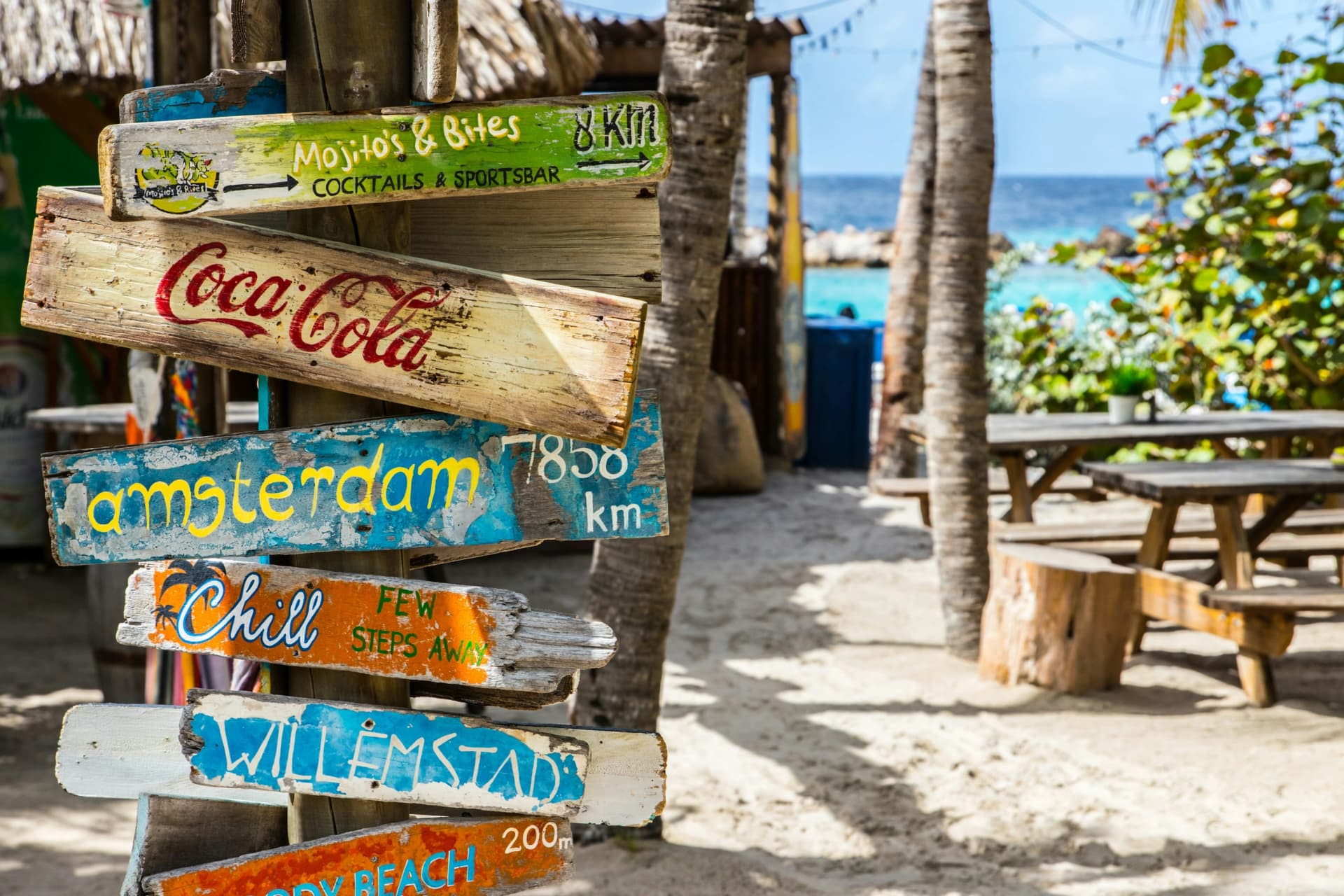
Underwater Museums of History
Curaçao's wreck diving sites combine maritime history with thriving marine ecosystems. From shallow tugboats perfect for beginners to deep merchant vessels for advanced divers, these underwater time capsules offer fascinating glimpses into Caribbean maritime heritage.
Famous Wreck Diving Sites
The Tugboat (Caracas Bay)
- Depth: 15-25 feet, perfect for beginners
- Shore-accessible wreck covered in coral growth
- Abundant marine life including angelfish and parrotfish
- Excellent for underwater photography and snorkeling
Superior Producer
- Advanced wreck diving at 100+ feet depth
- Large cargo vessel with penetration opportunities
- Advanced open water certification required
- Technical diving training recommended for penetration
Artificial Reef Projects
- Car Pile: Deliberately sunk vehicles creating artificial reef
- Airplane Wreck: Small aircraft in recreational depths
- Concrete structures: Purpose-built marine habitat
- Environmental enhancement and dive site creation
Wreck Diving Skills and Safety
External Wreck Exploration
Swimming around wrecks requires careful buoyancy control to avoid damaging marine growth and stirring sediment. Observe from appropriate distances while enjoying the marine life that has colonized these artificial reefs.
Wreck Penetration
- Advanced training and certification required
- Proper equipment including lights and guidelines
- Buddy team planning and emergency procedures
- Understanding of overhead environment risks
Marine Life on Wrecks
Artificial Reef Ecosystems
- Hard and soft coral colonization over time
- Fish aggregation sites with high biodiversity
- Cleaning stations with marine symbiosis
- Shelter for juvenile fish and invertebrates
Wreck-Specific Species
- Moray eels hiding in wreck crevices
- Barracuda schools patrolling above structures
- Angelfish and butterflyfish in coral growth
- Lobsters and crabs in wreck cavities
Wreck Diving Training
Certification Levels
- Open Water: External wreck exploration only
- Wreck Diver Specialty: Limited penetration training
- Advanced Wreck: Full penetration techniques
- Technical Wreck: Deep wreck and decompression diving
Essential Skills
- Precise buoyancy control near structures
- Navigation and guideline usage
- Emergency ascent procedures
- Equipment configuration for overhead environments
Historical Preservation
How do wrecks become artificial reefs?
Ships are deliberately cleaned of pollutants and strategically placed to create marine habitat. Over time, coral colonization and fish aggregation transform these structures into thriving underwater ecosystems.
What safety precautions are essential for wreck diving?
Proper training, appropriate certification levels, reliable equipment, and diving with experienced guides are essential. Professional wreck diving operators ensure safe exploration of underwater historical sites.
Are artifacts protected on wreck sites?
Yes, removing artifacts from wrecks is illegal and damages historical and environmental resources. Observe and photograph but leave everything in place for future divers and marine life to enjoy.
Explore Maritime Heritage Underwater
Wreck diving in Curaçao offers unique opportunities to explore maritime history while witnessing the transformation of human artifacts into thriving marine ecosystems. These underwater museums combine adventure, education, and conservation in unforgettable diving experiences.
Ready to Book Your Curaçao Services?
From snorkeling tours & adventures to snorkeling adventures, DushiGo connects you with trusted local marine service providers in Curaçao.